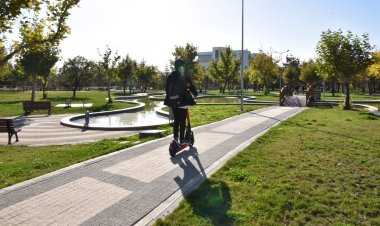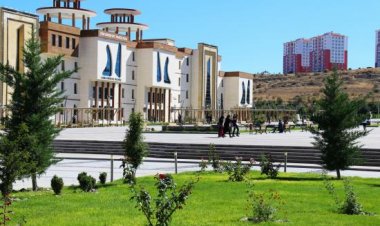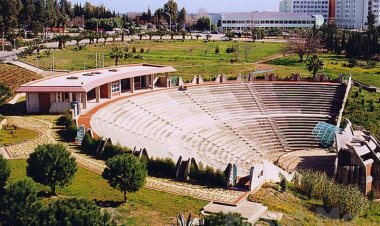Boarding pattern classification with time series clustering
Boarding pattern classification with time series clustering Özgün, Kamer; Günay, Melih; Başaran, Barış Doruk; Ledet, Joseph Clustering on smart card data may provide direct information about passenger travel patterns. Services could be adjusted according to demands that change over time to optimize the public transport system. This study investigates three possible clustering methods that can be used to classify average daily boarding patterns of public transportation lines that are represented as time series. In literature, similar studies exist but they characterize arrivals of passengers to a single stop throughout a day. In this study, all bus lines from departure to arrival are investigated for all bus stops throughout a whole day. We have found out that important time intervals might be generalized as dominant peak or dip times. In addition, bus lines with similar peak load rates or similar up and down trends may be clustered depending on the planning purpose.

Boarding pattern classification with time series clustering Özgün, Kamer; Günay, Melih; Başaran, Barış Doruk; Ledet, Joseph Clustering on smart card data may provide direct information about passenger travel patterns. Services could be adjusted according to demands that change over time to optimize the public transport system. This study investigates three possible clustering methods that can be used to classify average daily boarding patterns of public transportation lines that are represented as time series. In literature, similar studies exist but they characterize arrivals of passengers to a single stop throughout a day. In this study, all bus lines from departure to arrival are investigated for all bus stops throughout a whole day. We have found out that important time intervals might be generalized as dominant peak or dip times. In addition, bus lines with similar peak load rates or similar up and down trends may be clustered depending on the planning purpose.

 Bilgi
Bilgi 














